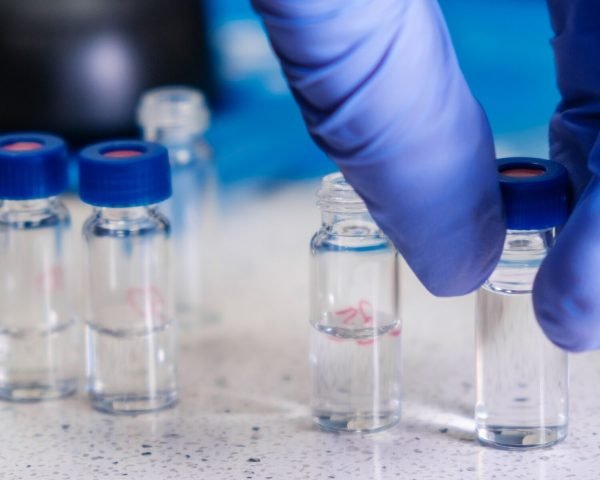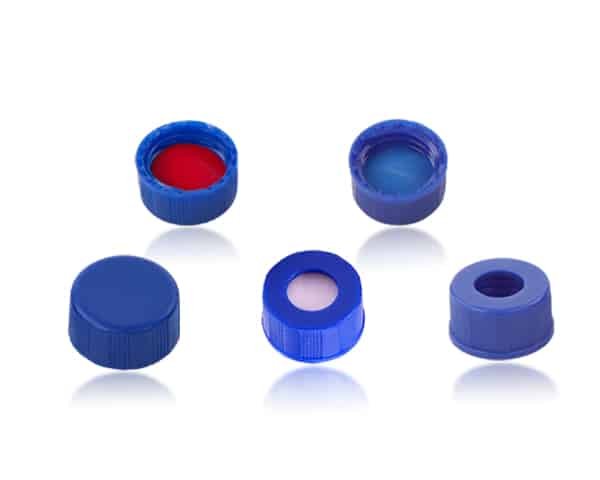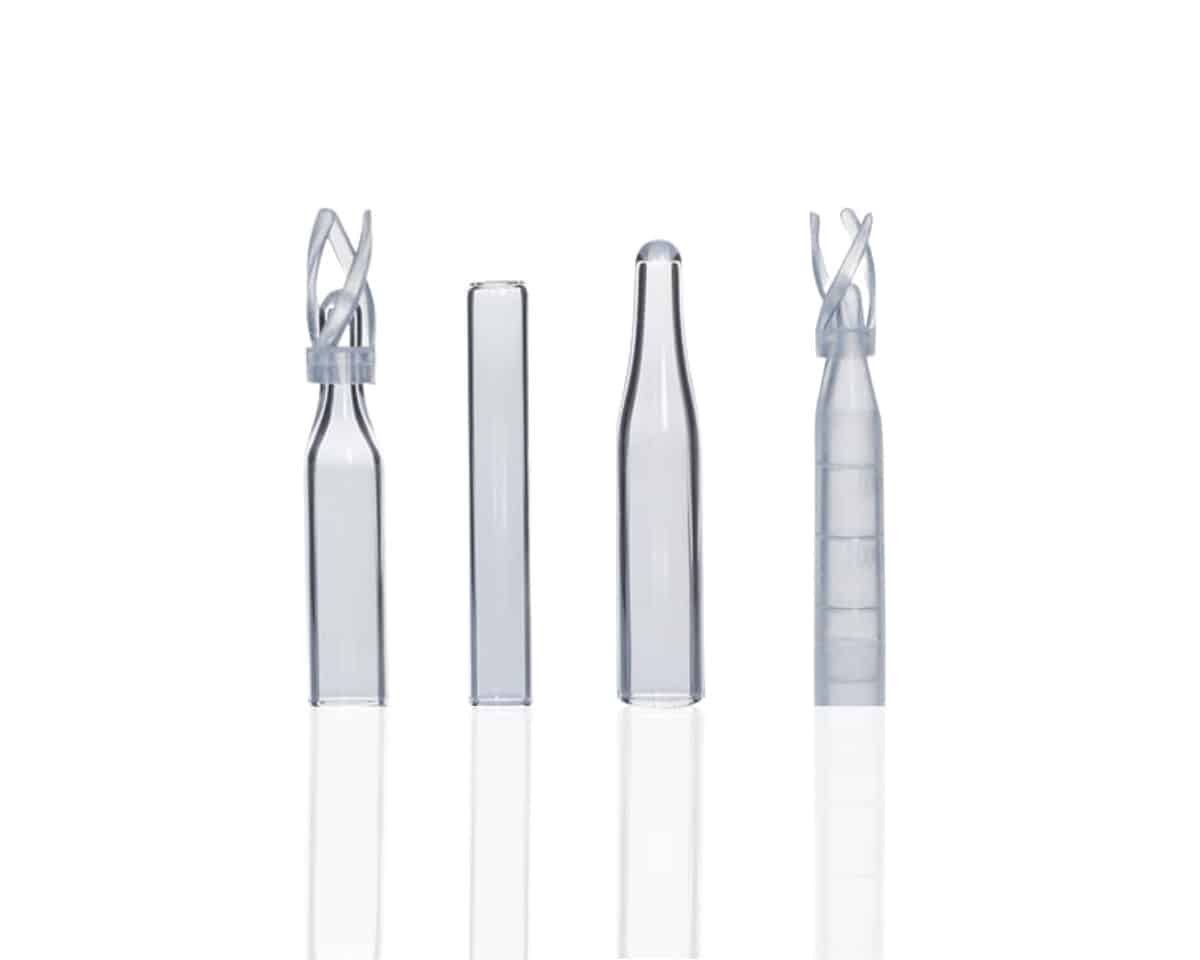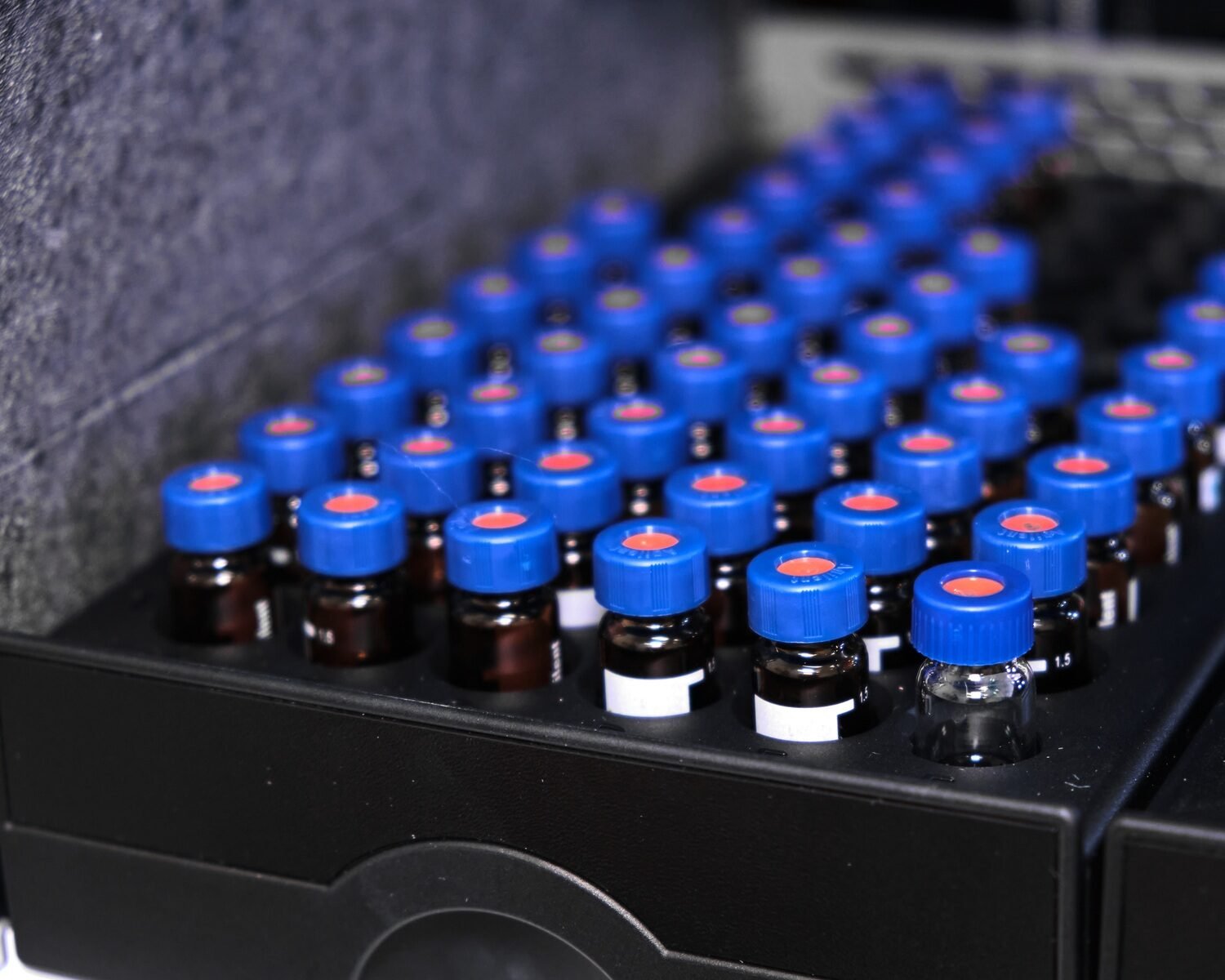Introduction
After you’ve wrapped up an HPLC analysis, it’s easy to focus on the chromatogram and forget about the leftover sample still sitting in the vial. But here’s the thing—how you store that vial matters. A lot.
Improper vial storage can lead to solvent evaporation, sample degradation, cross-contamination, or worse—loss of data if that sample is ever needed for re-analysis, quality control, or regulatory review. Whether your analysis is complete or ongoing, the integrity of your stored vials plays a vital role in preserving your scientific work.
So, what’s the best way to store HPLC vials after analysis?
In this article, we’ll walk through ideal storage conditions, labeling strategies, and how to avoid common storage mistakes that can compromise your results. You’ve already done the hard part—don’t let poor storage undo your success.
Ideal Storage Conditions for HPLC Vials
Once your analysis is complete, the first step to protecting your samples is understanding the environmental factors that can degrade them. Here are the primary conditions to control:
1. Temperature Control
- Cool storage (4–8°C) is generally preferred to slow down chemical degradation.
- For temperature-sensitive compounds, freezing (-20°C or -80°C) may be required—but only if the vial and solvent are compatible with freezing.
- Avoid repeated freeze-thaw cycles, which can break vials or alter analyte stability.
2. Light Exposure
- Many organic compounds, particularly light-sensitive analytes, degrade when exposed to UV or visible light.
- Use amber vials or store clear vials in dark containers.
- For sensitive applications, store vials in foil-wrapped boxes or opaque storage bins.
3. Humidity and Moisture
- High humidity can affect septa integrity and cause moisture absorption, especially in aqueous samples.
- Store vials in dry environments, and consider using desiccants for long-term storage.
Tip: A dedicated refrigerator or temperature-controlled cabinet with clear sample zoning is ideal for HPLC vial storage.
Avoiding Evaporation and Solvent Loss
One of the biggest risks in storing vials post-analysis is solvent evaporation. If your solvent disappears or your analyte becomes concentrated or degraded, that sample may no longer be valid.
1. Use High-Integrity Caps and Septa
- Crimp caps with PTFE/silicone septa offer the most reliable seal, especially for long-term storage.
- Screw caps are convenient for short-term storage but are more prone to loosening and leaking over time.
- Avoid pierced septa for storage unless they’re designed to reseal after needle puncture.
2. Store Vials Upright
- Always store vials vertically to prevent leakage and ensure proper contact between the septum and vial mouth.
- Use vial racks to keep them stable and organized.
3. Avoid Storing Near Heat or Airflow Sources
- Storing vials near ventilation, heating units, or open air increases the rate of evaporation.
- Place them in sealed boxes or secondary containers to create a controlled microenvironment.

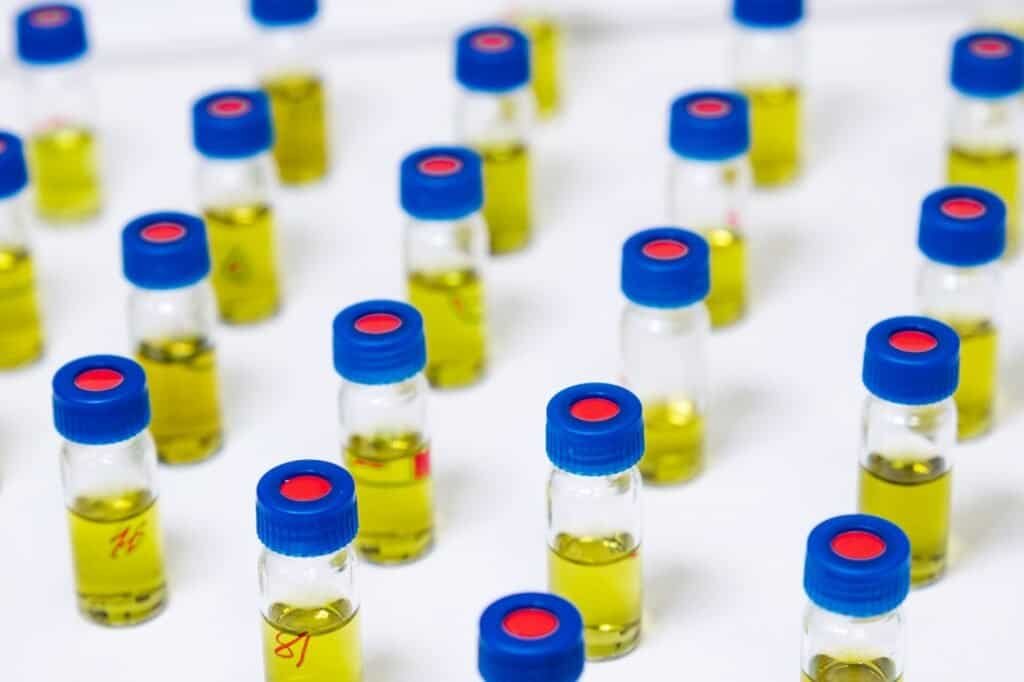
Labeling and Tracking Stored Vials for Future Use
Even if you only plan to keep your vials for a few days, having a proper labeling and tracking system can save you serious frustration later. Here’s how to stay organized:
1. Use Durable, Solvent-Resistant Labels
- Standard ink or adhesive may smudge or dissolve when exposed to solvents like acetonitrile or methanol.
- Use thermal transfer labels or lab-grade stickers designed for chemical resistance.
2. Include Key Sample Info
At a minimum, every vial should include:
- Sample ID
- Date of preparation or analysis
- Solvent system
- Analyst initials
For more advanced setups, add QR codes or barcodes for integration into digital lab management systems (LIMS).
3. Maintain a Centralized Tracking Sheet
- Keep a digital or paper log of stored vials including location, contents, and storage conditions.
- This helps avoid lost samples and supports regulatory compliance if your work is audited.
Long-Term vs. Short-Term Storage Strategie
Your storage plan should depend on how long you intend to keep the vials. Different timelines call for different precautions.
Short-Term Storage (1–5 days)
- Screw caps are acceptable if properly tightened.
- Store in refrigerators (4–8°C) away from light.
- Ideal for re-injection or brief re-analysis.
Medium-Term Storage (5–30 days)
- Use crimp or snap caps with intact, resealing septa.
- Consider transferring samples to glass inserts inside vials to reduce surface area exposure.
- Store in secondary containment to avoid cross-contamination.
Long-Term Storage (30+ days)
- Transfer analytes to dedicated storage vials (often silanized glass).
- Freeze only if analyte and solvent are freeze-compatible.
- Always document storage conditions, and run a stability study if required for regulated environments.
Common Pitfalls in Vial Storage and How to Avoid Them
1. Reusing Vials Without Cleaning
- Residual solvents or analytes can cause cross-contamination.
- Always clean or use new vials for long-term storage.
2. Overfilling Vials
- Leaves no headspace for pressure or temperature changes.
- Risk of cap leaks or septa dislodging.
3. Forgetting to Label or Track
- Leads to sample confusion or total loss.
- Implement a consistent labeling system and train your team.
4. Storing Vials in High-Traffic Areas
- Increases risk of breakage, mix-ups, or exposure to heat/light.
- Always use dedicated storage areas.
5. Using Damaged Caps or Septa
- Worn or punctured septa will not reseal, leading to evaporation and contamination.
- Inspect vials before storage and replace compromised caps.
Conclusion
Properly storing your HPLC vials after analysis is more than just good lab housekeeping—it’s a direct investment in your sample integrity, reproducibility, and the credibility of your results.
By managing temperature, light, and moisture, using the right caps and labels, and tracking vials with care, you can significantly reduce the risks of degradation, evaporation, or sample mix-ups. Whether you’re saving samples for a few days or archiving for regulatory retention, following the right storage practices ensures your hard work remains usable, trustworthy, and scientifically sound.
Mastelf, with over 13 years of experience in chromatography vials since established in 2011, we can help you find the exact vials you need for your applications.
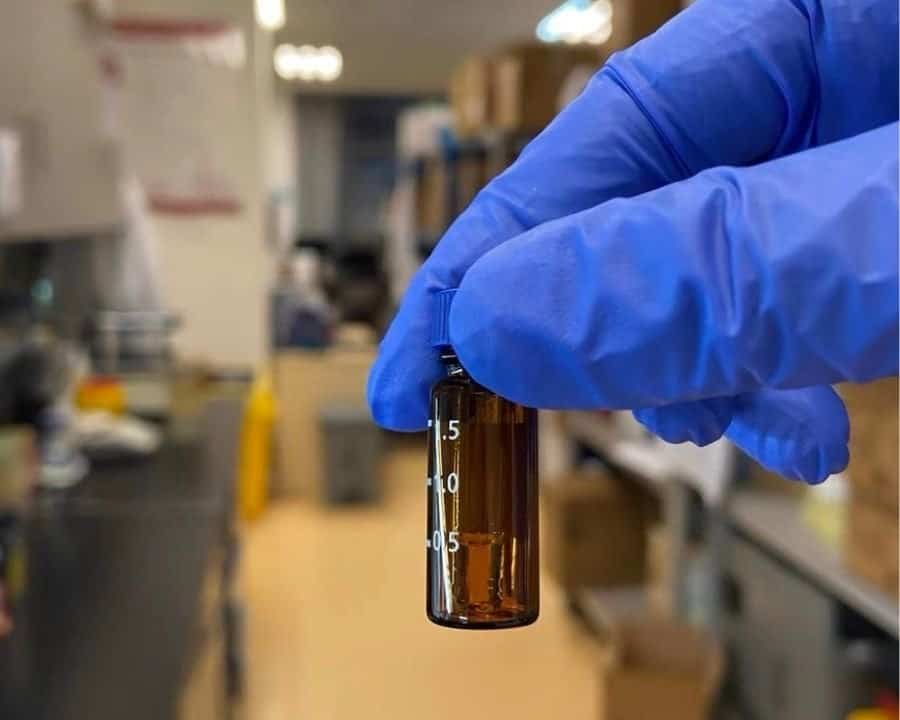
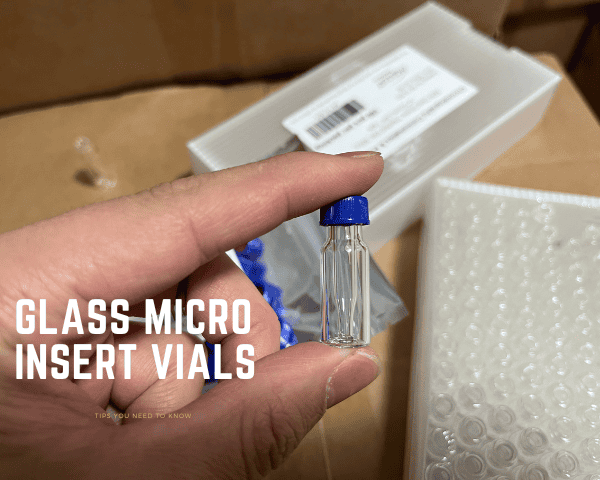
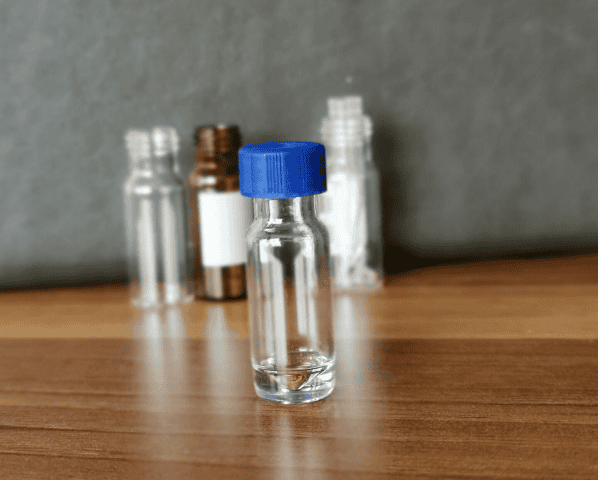
Our expertise ensures that you get reliable and precise products tailored to your specific requirements. Whether you’re in pharmaceuticals, research, or any other industry relying on HPLC, we understand your needs and are here to support you in making the right purchase.
Reach out to Mastelf, and let us assist you in procuring the perfect vials for your work.
FAQ: Storing HPLC Vials After Analysis
1. How long can I store HPLC vials after analysis?
It depends on the sample type and solvent. For aqueous or volatile samples, use within a few days. For organic or stable compounds, up to several weeks is fine—if stored correctly with airtight seals at low temperatures.
2. Should I use screw caps or crimp caps for long-term storage?
Crimp caps with PTFE/silicone septa provide a tighter seal and are more suitable for long-term storage. Screw caps are convenient but more prone to evaporation and leaks over time.
3. Can I reuse vials after storage?
Only if they are thoroughly cleaned, inspected, and verified to be free of contamination or damage. For critical or regulated work, single-use vials are recommended.
4. Is it safe to freeze HPLC vials?
Freezing is possible but only for compatible solvents and vial materials. Always leave enough headspace to allow for expansion, and avoid using plastic vials that may crack under freezing conditions.
5. How do I prevent sample mix-ups when storing many vials?
Use solvent-resistant labels, include sample ID, date, and analyst initials, and organize vials in clearly labeled racks or boxes. A digital tracking sheet or LIMS integration helps maintain full traceability.

